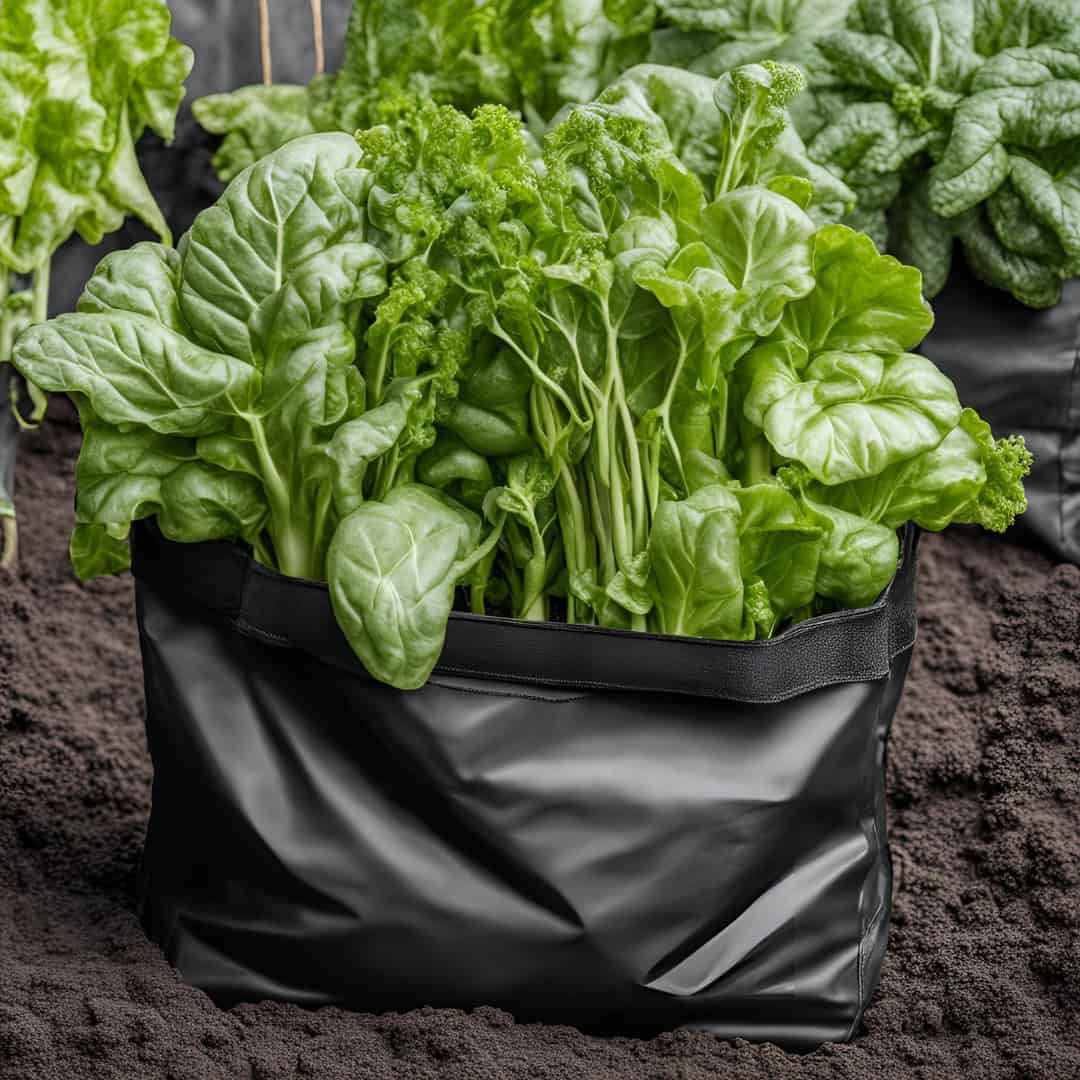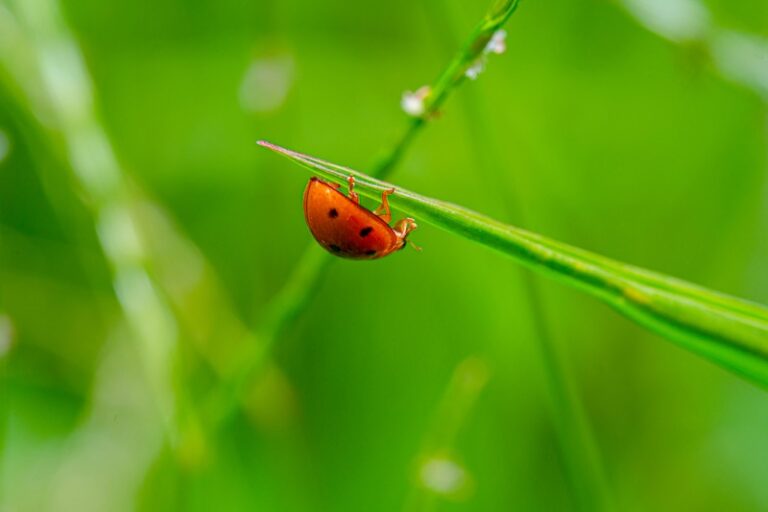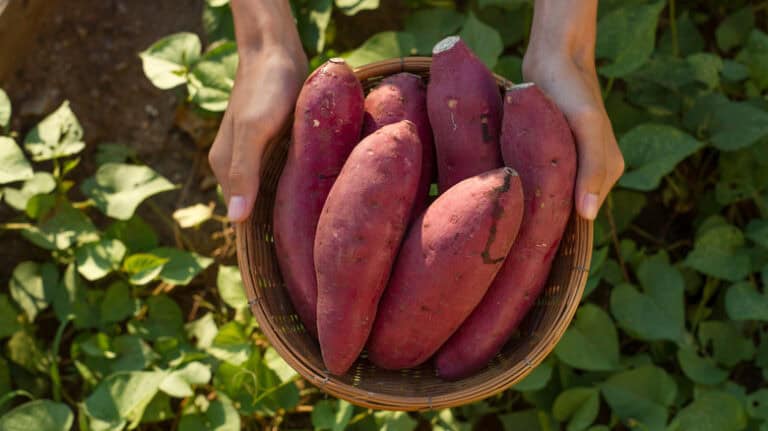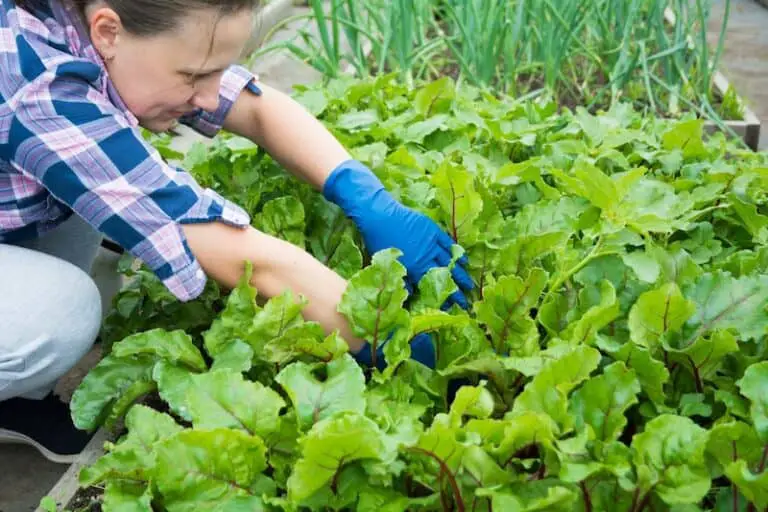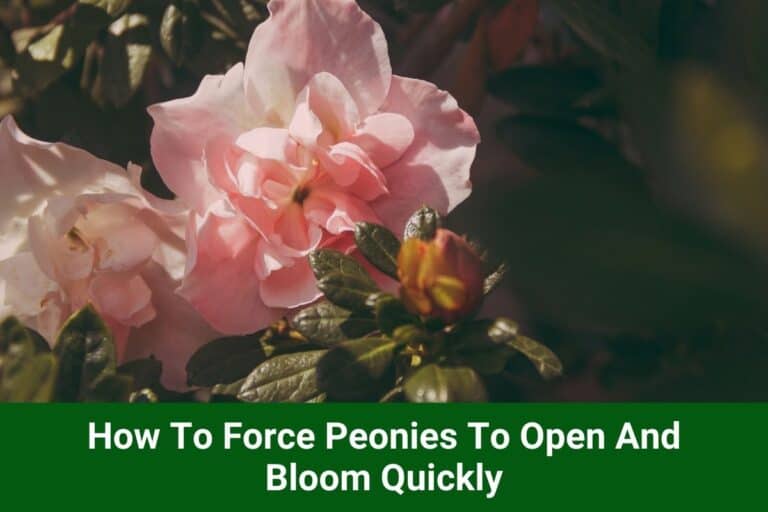Are Grow Bags Safe for Vegetables? Uncover Essential Facts & Tips
Yes, grow bags are safe for vegetables. They are made from non-toxic, breathable materials that promote healthy plant growth.
Grow bags have become increasingly popular among gardeners. These versatile containers provide an excellent environment for growing vegetables. Made from durable, non-toxic fabric, grow bags allow for proper aeration and drainage. This prevents root rot and other common issues. Vegetables thrive in these bags because the roots receive adequate oxygen.
Grow bags are also portable and space-efficient, making them perfect for small gardens or urban settings. They come in various sizes, accommodating different types of vegetables. Overall, grow bags offer a safe and effective solution for home gardeners looking to cultivate healthy, productive vegetable plants.
Introduction To Grow Bags
Grow bags are becoming popular among gardeners. They are used to grow vegetables. They are simple to use and have many benefits.

What Are Grow Bags?
Grow bags are containers made of fabric. They are used to grow plants. They can be placed anywhere, like on a balcony or in a garden.
Grow bags come in different sizes. You can choose the size that fits your needs. They have many advantages over traditional pots.
Popularity Among Gardeners
Many gardeners prefer to use grow bags for several reasons:
- They are lightweight and easy to move.
- They provide good drainage and prevent overwatering.
- They allow roots to breathe and grow healthier.
- They are reusable and eco-friendly.
| Feature | Grow Bags | Traditional Pots |
|---|---|---|
| Weight | Lightweight | Heavy |
| Drainage | Excellent | Variable |
| Root Health | Better aeration | Limited aeration |
| Eco-Friendliness | Reusable | Less reusable |
Materials Used
Grow bags are a popular choice for growing vegetables. The materials used in making these bags are crucial for plant health. They must ensure proper aeration, drainage, and durability.
Fabric Types
Most grow bags are made from breathable fabric. This fabric type allows air to reach the roots. It also helps in preventing root circling. The common fabric types include:
- Non-woven polypropylene: This material is light and strong. It allows for excellent air circulation.
- Felt: Felt is another popular choice. It retains moisture while providing good drainage.
Other Common Materials
Besides fabric, some grow bags use other materials. These materials include:
| Material | Properties |
|---|---|
| Plastic | Durable and lightweight. May not be as breathable. |
| Canvas | Strong and reusable. Better aeration than plastic. |
| Jute | Eco-friendly and biodegradable. Offers good drainage. |
Each material has its own benefits and drawbacks. Choosing the right material depends on your specific needs.
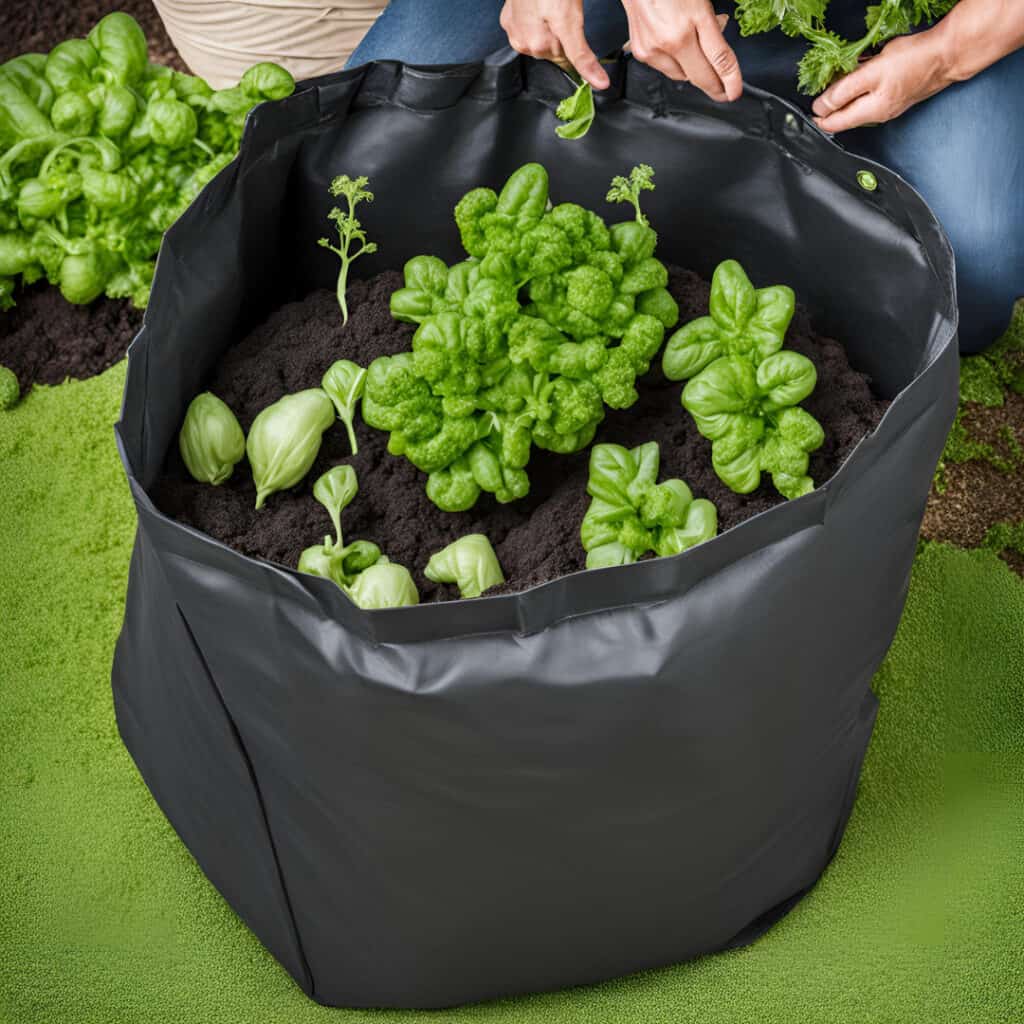
Benefits For Vegetables
Grow bags offer many benefits for vegetables. These advantages can help your plants grow better and produce more. Let’s explore some key benefits.
Enhanced Root Growth
Grow bags provide enhanced root growth for your vegetables. The fabric material of grow bags allows for air pruning. This means roots get trimmed by exposure to air. Air pruning helps develop a stronger and healthier root system. Your plants will have more fibrous roots, which can absorb more nutrients and water.
Better Drainage
Grow bags offer better drainage compared to traditional pots. The fabric material allows excess water to escape easily. This helps prevent root rot and overwatering. Your vegetables will thrive in a well-drained environment.
| Benefits | Details |
|---|---|
| Enhanced Root Growth | Air pruning leads to stronger roots. |
| Better Drainage | Prevents root rot and overwatering. |
- Grow bags are lightweight and easy to move.
- They come in various sizes to fit your needs.
- They are reusable and environmentally friendly.
Safety Concerns
Are you thinking about using grow bags for your vegetables? Safety is essential. Grow bags can be a great option, but there are concerns.
Chemical Leaching
Chemical leaching is a major concern. Some grow bags are made from plastic. This plastic can leach harmful chemicals into the soil. Plants can absorb these chemicals. This may affect the safety of your vegetables.
Choose grow bags made from natural materials. Look for bags labeled as food-safe. This reduces the risk of chemical leaching. Ensure that your grow bags are BPA-free and free from other harmful chemicals.
Material Durability
Material durability is another concern. Grow bags need to be strong. They should withstand weather changes and repeated use. Some grow bags can rip or tear easily. This can expose roots and damage your plants.
Check the material of the grow bags before buying. High-quality fabric grow bags are recommended. They are durable and last longer. They also provide good aeration for the roots.
| Material | Durability | Safety |
|---|---|---|
| Plastic | Low to Moderate | Risk of chemical leaching |
| Fabric | High | Generally safe |
| Burlap | Moderate | Safe but less durable |
By considering these factors, you can make an informed decision. Choose the right grow bags for your vegetable garden.
Choosing The Right Grow Bag
Choosing the right grow bag is essential for healthy vegetables. There are several factors to consider. Size and material quality play significant roles. These elements ensure your plants thrive and produce delicious veggies.
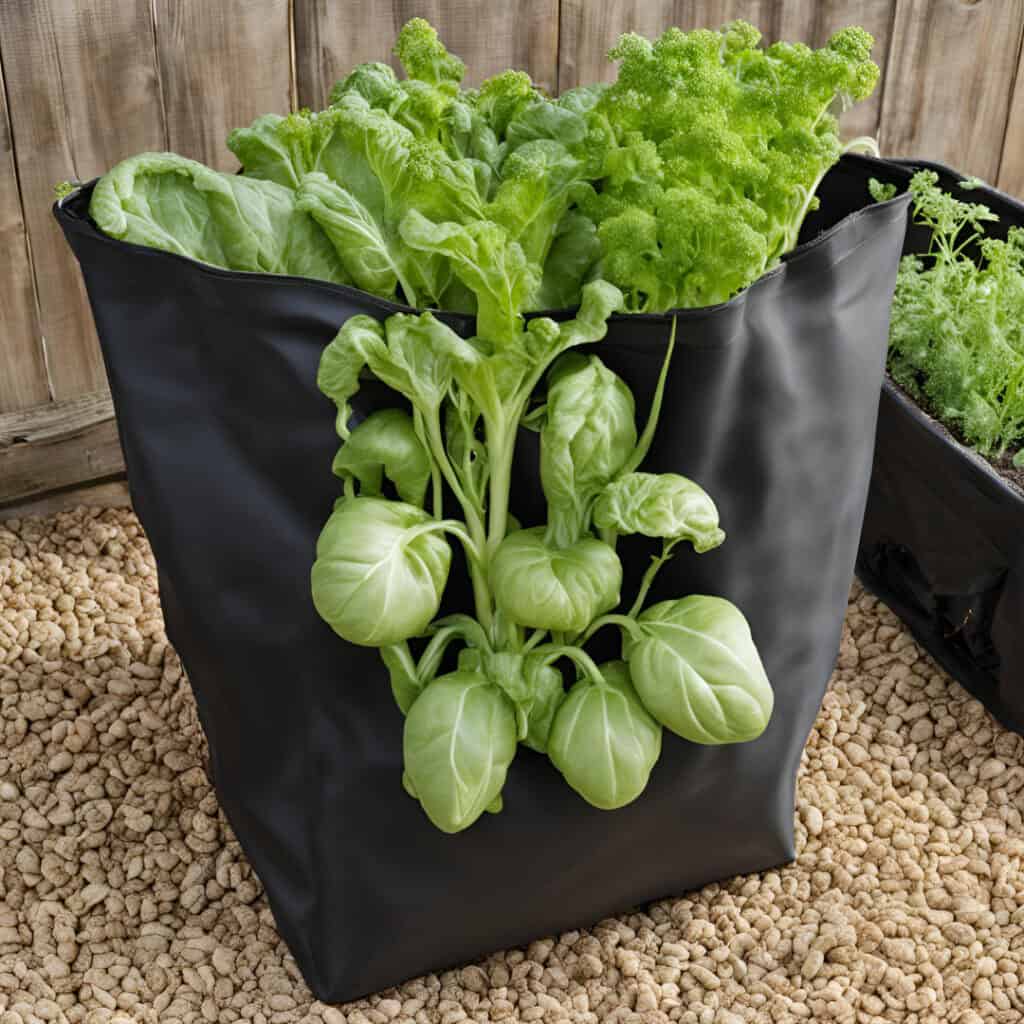
Size Considerations
Size matters when selecting a grow bag. Different vegetables need different amounts of space. Small plants like herbs need less space. Larger vegetables like tomatoes need more room.
Here’s a simple table to help you choose the right size:
| Vegetable Type | Recommended Bag Size |
|---|---|
| Herbs | 1-2 gallons |
| Lettuce | 3-5 gallons |
| Tomatoes | 10-15 gallons |
| Potatoes | 15-20 gallons |
Material Quality
The material of the grow bag affects plant health. High-quality fabric is breathable and durable. It allows air to reach the roots. This helps them grow stronger.
Look for grow bags made from non-toxic, BPA-free materials. This ensures your vegetables are safe to eat. Some grow bags include UV protection. This adds durability and protects plants from sun damage.
Here’s a quick list of features to look for:
- Breathable fabric
- Non-toxic materials
- BPA-free
- UV protection
Choosing the right grow bag can make a big difference. Pay attention to size and material quality for the best results.
Planting Tips
Grow bags are a great choice for growing vegetables. They are portable and provide excellent drainage. But to get the best results, follow these planting tips.
Soil Selection
Choose the right soil for your grow bags. Use a mix of compost, peat moss, and vermiculite. This mix ensures good drainage and nutrients. Avoid garden soil as it may compact and hinder root growth.
Consider adding some organic fertilizers. These can improve soil quality. A balanced mix of nutrients helps plants grow strong. Make sure the soil is light and fluffy.
Watering Practices
Watering is key for grow bag success. Grow bags dry out faster than pots. Check soil moisture daily. Water the plants when the top inch feels dry. Use a watering can with a fine rose for gentle watering.
Avoid overwatering as it can lead to root rot. Ensure the grow bag has proper drainage holes. This helps to prevent water from pooling at the bottom. Consider using mulch to retain soil moisture.
| Watering Tips |
|---|
| Water early in the morning |
| Use room temperature water |
| Check moisture levels daily |
Consistent watering keeps your vegetables happy. They grow strong and healthy with the right care.
Maintenance And Care
Ensuring your grow bags remain in top condition is vital. Proper care extends their lifespan and ensures healthy vegetable growth. Below, we cover essential maintenance tips.
Cleaning Grow Bags
Regular cleaning is essential for grow bags. Follow these simple steps:
- Empty the soil completely.
- Shake off any loose dirt.
- Use a soft brush to remove stubborn soil.
- Wash with mild soap and water.
- Rinse thoroughly to remove soap residue.
- Allow them to air dry completely.
Storage Tips
Proper storage is crucial for the longevity of your grow bags. Here are some tips:
- Ensure grow bags are dry before storing.
- Fold them neatly to save space.
- Store in a cool, dry place.
- Keep away from direct sunlight.
- Avoid storing in damp areas to prevent mold.
Following these maintenance and care tips will help your grow bags last longer and keep your vegetables healthy.
Frequently Asked Questions
Are Grow Bags Safe To Grow Vegetables?
Yes, grow bags are safe for growing vegetables. They provide good drainage and aeration. Choose food-grade materials for best results.
What Are The Disadvantages Of Grow Bags?
Grow bags dry out quickly, requiring frequent watering. They may not provide enough support for tall plants. Durability varies, and they can degrade over time.
Are Grow Bags Better Than Plastic Pots?
Grow bags offer better aeration and drainage than plastic pots. They promote healthier root growth and prevent root circling.
Conclusion
Grow bags are a safe and practical choice for growing vegetables. They provide good drainage and root aeration. Choose high-quality, food-safe materials for your grow bags. This ensures a healthy harvest. With proper care, grow bags can enhance your gardening experience and yield.

